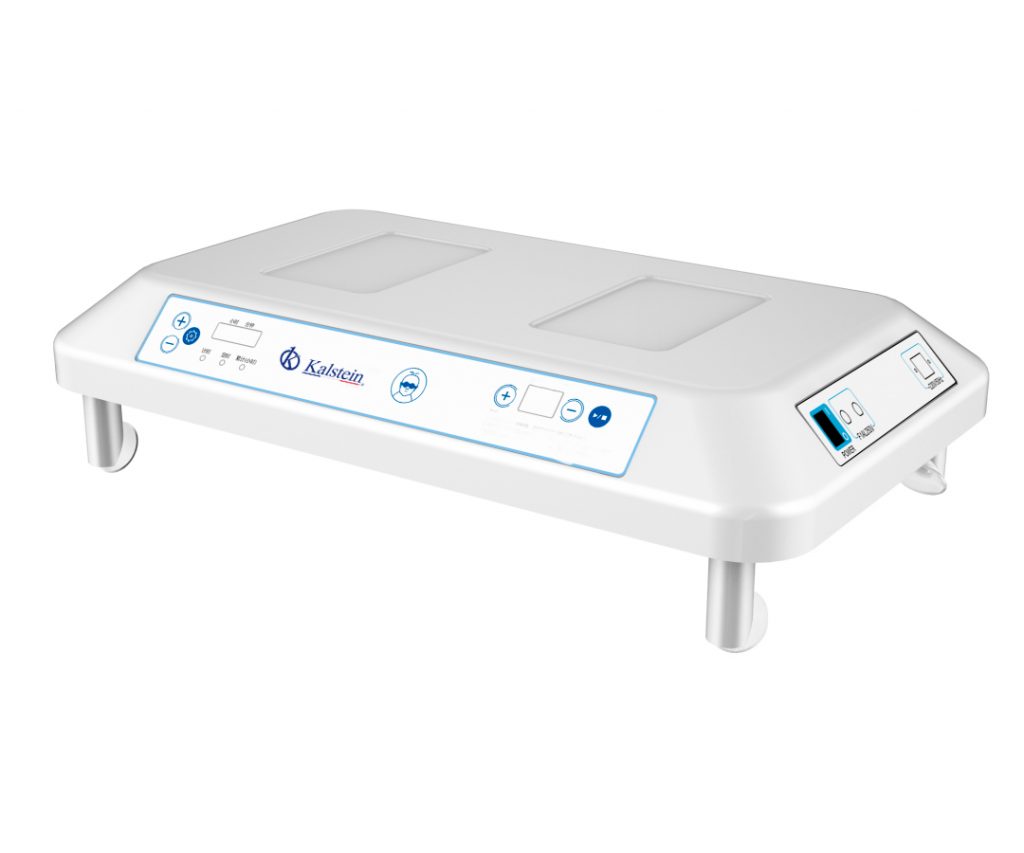Phototherapy is a procedure that is applied to newborns who have jaundice, where their condition changes yellowish in the skin and eyes of babies, this is due to excess bilirubin in the blood. Usually, it leaves the body through bowel movements. This is because the baby’s system breaks down blood cells but does not remove bilirubin.
By treating phototherapy, it helps the body eliminate extra bilirubin. This treatment consists of using electromagnetic radiation of natural or artificial origin applied by visible, infrared or ultraviolet radiation. There are 2 types of phototherapy:
- Ultraviolet B (UVB), are broad band and narrow, and are administered by UV light waves being this shorter.
- Psoralene-UV-A (PUVA): it makes the skin more sensitive to light and is used orally and by UV light.
Medical Care of Babies in the Process of Phototherapy
The specialist must take a blood sample from the newborn to be aware of the value of bilirubin. Then, on a stretcher the baby will lie face up to absorb as much light as possible, then one or more lights will be placed on top of the newborn. You may also be lying on a flexible fluorescent pad or wrapped with this pad. They will cover your eyes to protect them from the light.
The baby should be comforted during treatment. You may feel uncomfortable or irritable during treatment. The mother’s presence is advisable to feel safer.
The newborn can be fed in the usual way during phototherapy. It is possible that by feeding, you remove bilirubin through bowel movements and doctors should leave the lights on while the baby is feeding.
Doctors need to know how much food the baby is eating during treatment, and they need to know how much urine and feces he expels so that later nappies are weighed and measured as evidence of treatment.
Doctors are obliged to monitor the baby closely, and take the results into account once the process is complete. They must do another blood test after 24 hours to measure the bilirubin level. If the level stays low enough, the newborn baby will have finished treatment.
Home Baby Phototherapy
The mother or father of the newborn should first have a blood test to check the baby’s bilirubin level. It is advisable to keep the room warm. The temperature in the room of the newborn baby should be between 68 and 75 °F (20 and 24 °C). The windows and doors of the room must be closed so that a current of air does not enter. Make sure the baby’s bedding is dry. This will help keep it warm.
Your PCP will provide you with the necessary equipment and must tell you how many hours a day you should receive phototherapy. It is advisable to cover the eyes with a mask, to protect it from light.
The baby should be placed under the lights, then the baby should be changed position every 1 to 2 hours. This will expose all areas of the newborn baby’s skin to light, helping the lights break down the elevation of bilirubin. Finally, monitor the baby’s temperature and follow the doctor’s instructions.
Phototherapy Unit of Children’s Bilirubin Kalstein brand
At Kalstein, we are concerned for you to have the best technology in medical equipment and our line of phototherapy products provides you with the reliability and stability of LED light intensive phototherapy for your baby patient. The YR02194 unit as the YR02194 unit with blue fluorescent tube has a separate frame that can be used with incubator, irradiant heat moses and any type of moses in family care.
Widely applicable in all hospitals and clinics and optimized for babies with jaundice. The unit has a long service life providing between 20,000 and 0,000 hours of light therapy. It has a curing angle of the lamp, which can be adjusted horizontally, it can also control the lamp head to improve the height, the supports are stainless steel.
We are manufacturers and we have the best advice to make your purchase the right one and we have the best prices in the market, view our catalog HERE

